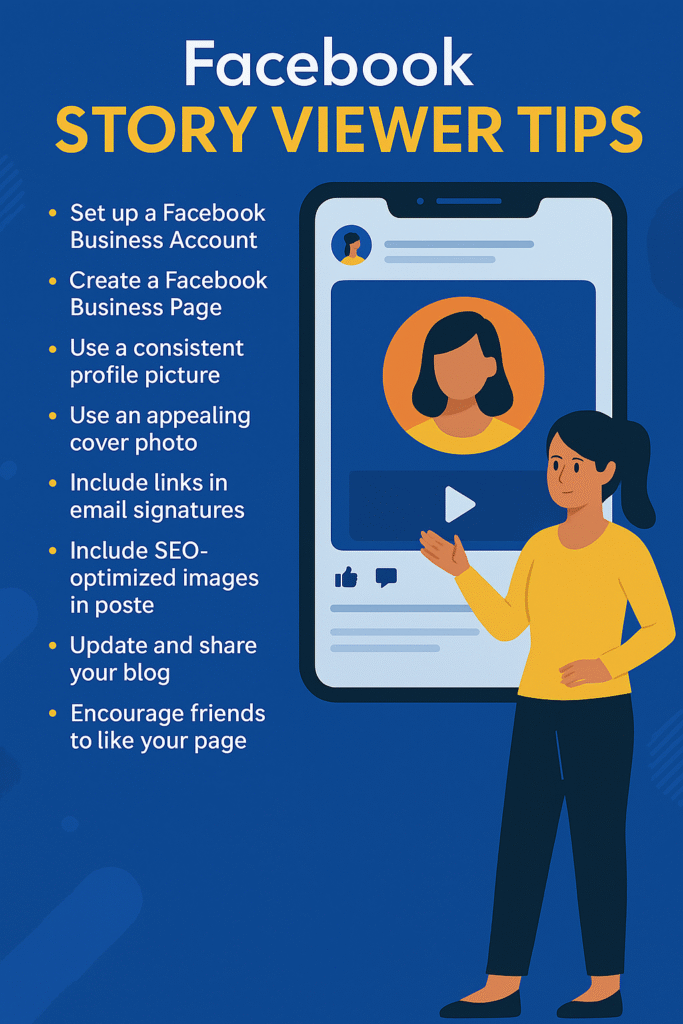facebook story viewer: ever wondered how top brands catch your eye in seconds? With over 2.9 billion active users scrolling through feeds and stories daily, mastering Facebook is no longer optional—it’s essential. In this guide, I’ll walk you through setting up a business page that commands attention, then reveal proven tactics for growing your audience organically and turbocharging reach with targeted ads.





